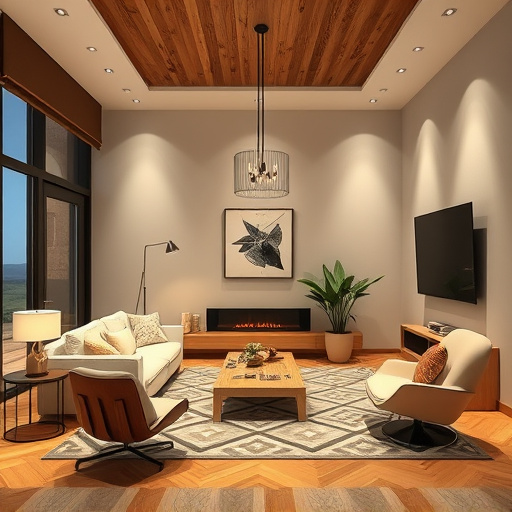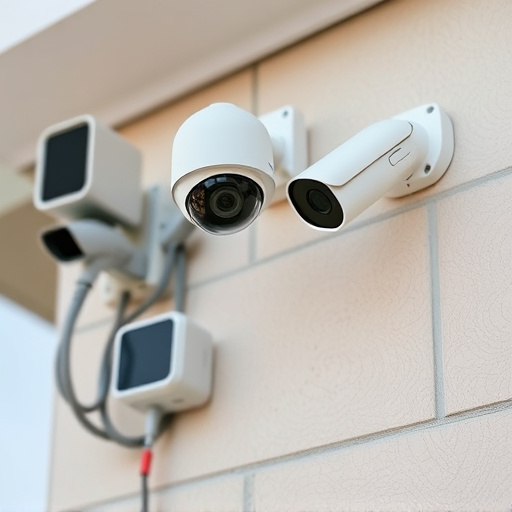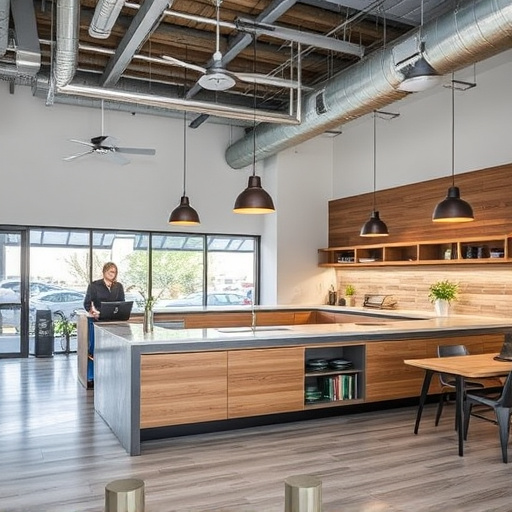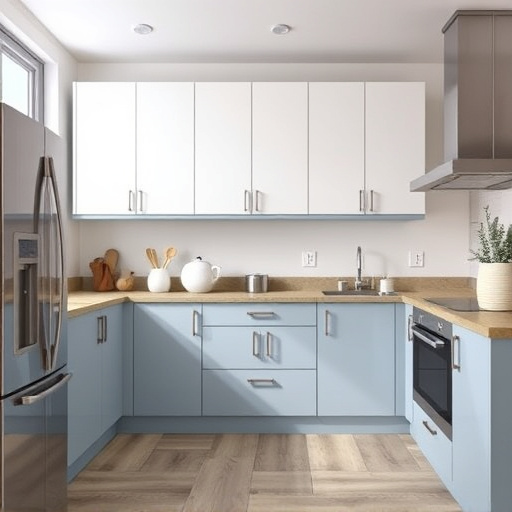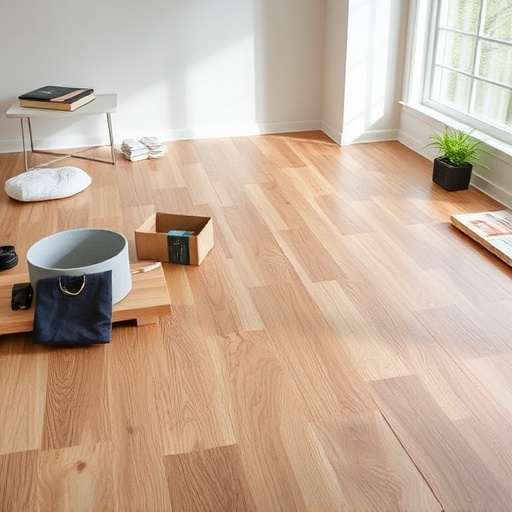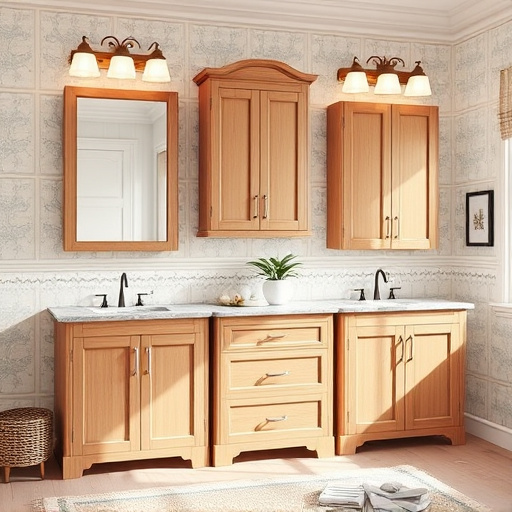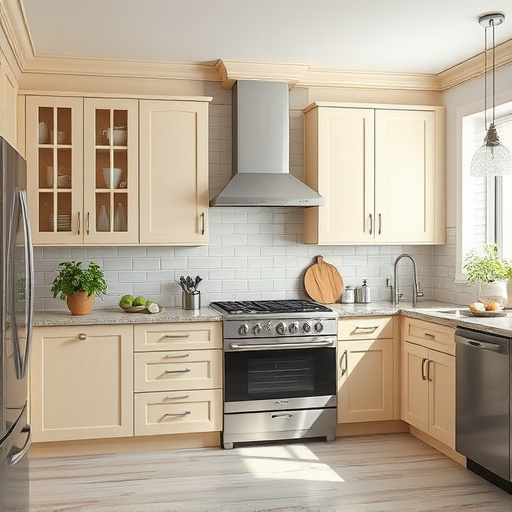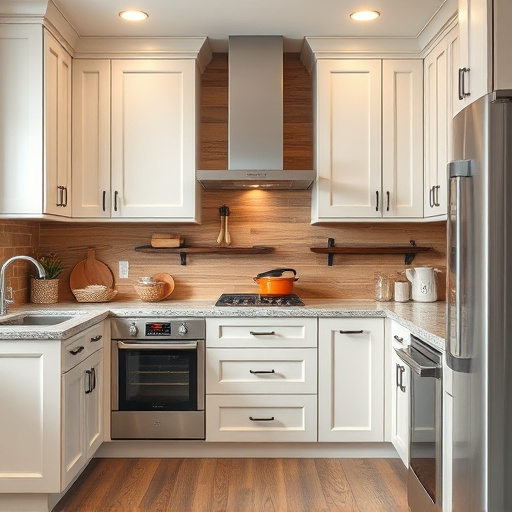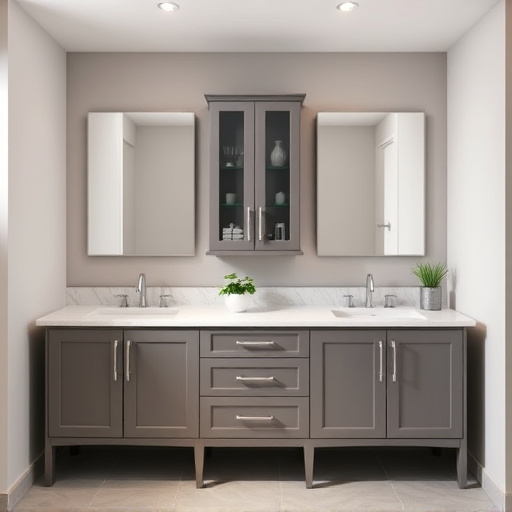In the digital age, customer expectations are reshaping retail through flexible, adaptable commercial design focusing on diverse experiences like product discovery, digital interactions, and co-working. Technology, such as AR for virtual try-ons and smart inventory tracking, enhances customer journeys and efficiency. Sustainable, eco-friendly designs using green materials and flexible layouts cater to environmental awareness, blending retail therapy with sustainability for reduced carbon footprints.
Retail spaces are undergoing a metamorphosis, driven by evolving customer expectations and cutting-edge technology. In today’s digital era, successful commercial design trends prioritize enhancing experiences while optimizing operations. This article explores three key areas: understanding new retail norms behind shifting consumer behaviors, integrating technology for immersive interactions and streamlined management, and adopting sustainable, adaptive design principles to create flexible, future-proof spaces. Discover how these elements are redefining the landscape of commercial design.
- Evolving Customer Expectations: Understanding New Retail Norms
- Technology Integration: Enhancing Customer Experiences and Operational Efficiency
- Sustainable and Adaptive Design: Reimagining Commercial Spaces
Evolving Customer Expectations: Understanding New Retail Norms
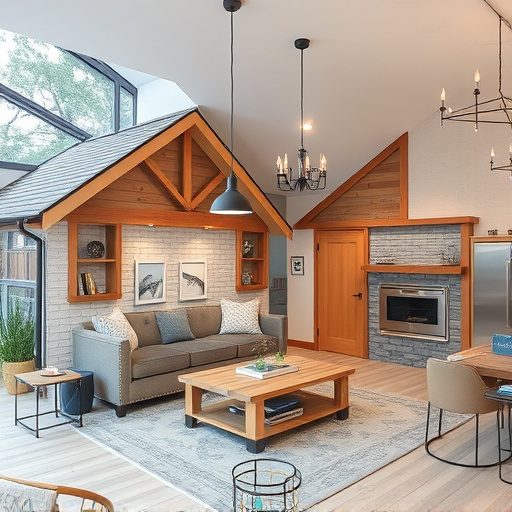
In today’s digital era, customer expectations are evolving rapidly, reshaping the retail landscape and driving significant changes in commercial design trends. Consumers now demand seamless omnichannel experiences, where physical stores seamlessly integrate with online platforms. This shift has led to a rethinking of traditional retail spaces. Retailers must create environments that foster engaging interactions, offer unique and personalized shopping journeys, and cater to diverse customer needs.
The new retail norms prioritize flexibility, adaptability, and multifunctionality in commercial design. Spaces are no longer static but evolve with dynamic layouts, modular furniture, and versatile areas that accommodate changing consumer behaviors. For instance, a store might feature dedicated spaces for product discovery, interactive digital displays, relaxation zones, or even co-working areas, reflecting the growing demand for blended retail and lifestyle experiences. These transformations go beyond aesthetics; they enhance customer satisfaction by providing tailored and memorable shopping encounters. As a result, renovation services and floor replacements are increasingly incorporated into commercial design projects to accommodate these evolving retail norms.
Technology Integration: Enhancing Customer Experiences and Operational Efficiency
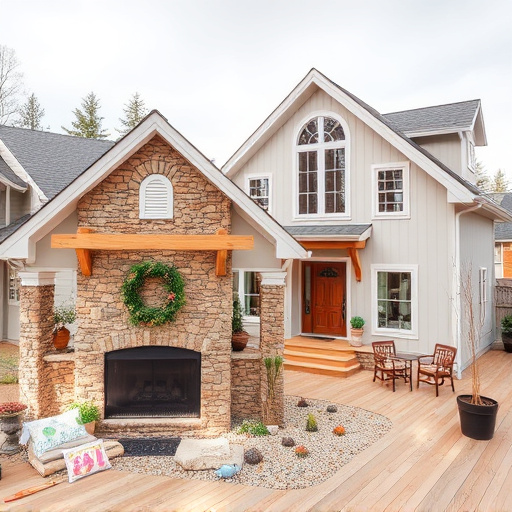
The integration of technology into retail spaces is reshaping the future of commercial design trends. From interactive displays to voice-activated assistants, these innovations enhance customer experiences, allowing shoppers to engage with products in new and exciting ways. For example, augmented reality (AR) can provide virtual try-on experiences for clothing or even help visualize home improvement services in real-time, such as designing a kitchen and bath remodel or a bathroom makeover.
Moreover, technology streamlines operations behind the scenes, improving efficiency and data management. Smart retail solutions like inventory tracking systems, automated payment gateways, and analytics platforms enable businesses to make data-driven decisions. This technological edge not only boosts customer satisfaction but also ensures that commercial spaces remain competitive in today’s digital age, catering to consumers’ evolving expectations for seamless, tech-integrated experiences.
Sustainable and Adaptive Design: Reimagining Commercial Spaces
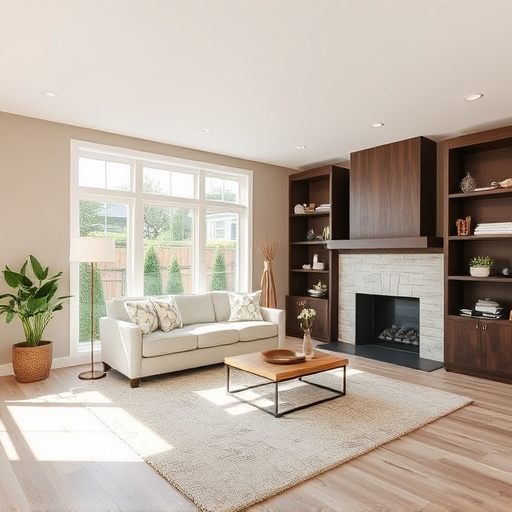
The future of retail spaces is being reshaped by a growing emphasis on sustainable and adaptive design in commercial design trends. This shift isn’t just about aesthetics; it’s a response to the increasing demand for environmentally conscious buildings. In today’s digital era, consumers are more aware than ever of their impact on the planet, and this awareness translates into their choices when visiting retail spaces. Architects and designers are therefore incorporating eco-friendly materials, energy-efficient systems, and flexible layouts that can adapt to changing consumer behaviors and market trends.
This new approach to commercial design goes beyond simply reducing a building’s carbon footprint; it involves integrating outdoor spaces, natural lighting, and green infrastructure to create vibrant, inviting environments. Additionally, the integration of technology allows for smart buildings that optimize resource use while enhancing the customer experience through interactive displays and personalized services. The result is a seamless blend of retail therapy and sustainable living, reflecting not just the current environmental consciousness but also setting trends for future home improvement services, exterior painting, and home remodeling projects.
The future of retail spaces is defined by a harmonious blend of technology, sustainability, and evolving customer expectations. As we navigate the ever-changing landscape of commercial design trends, embracing innovative strategies and adaptive approaches will be key to creating engaging, efficient, and environmentally conscious retail environments. By integrating advanced technologies and prioritizing sustainable practices, designers and businesses can transform traditional commercial spaces into dynamic hubs that cater to modern consumers’ needs. This shift not only enhances customer experiences but also ensures the long-term viability of retail in a rapidly evolving market.




